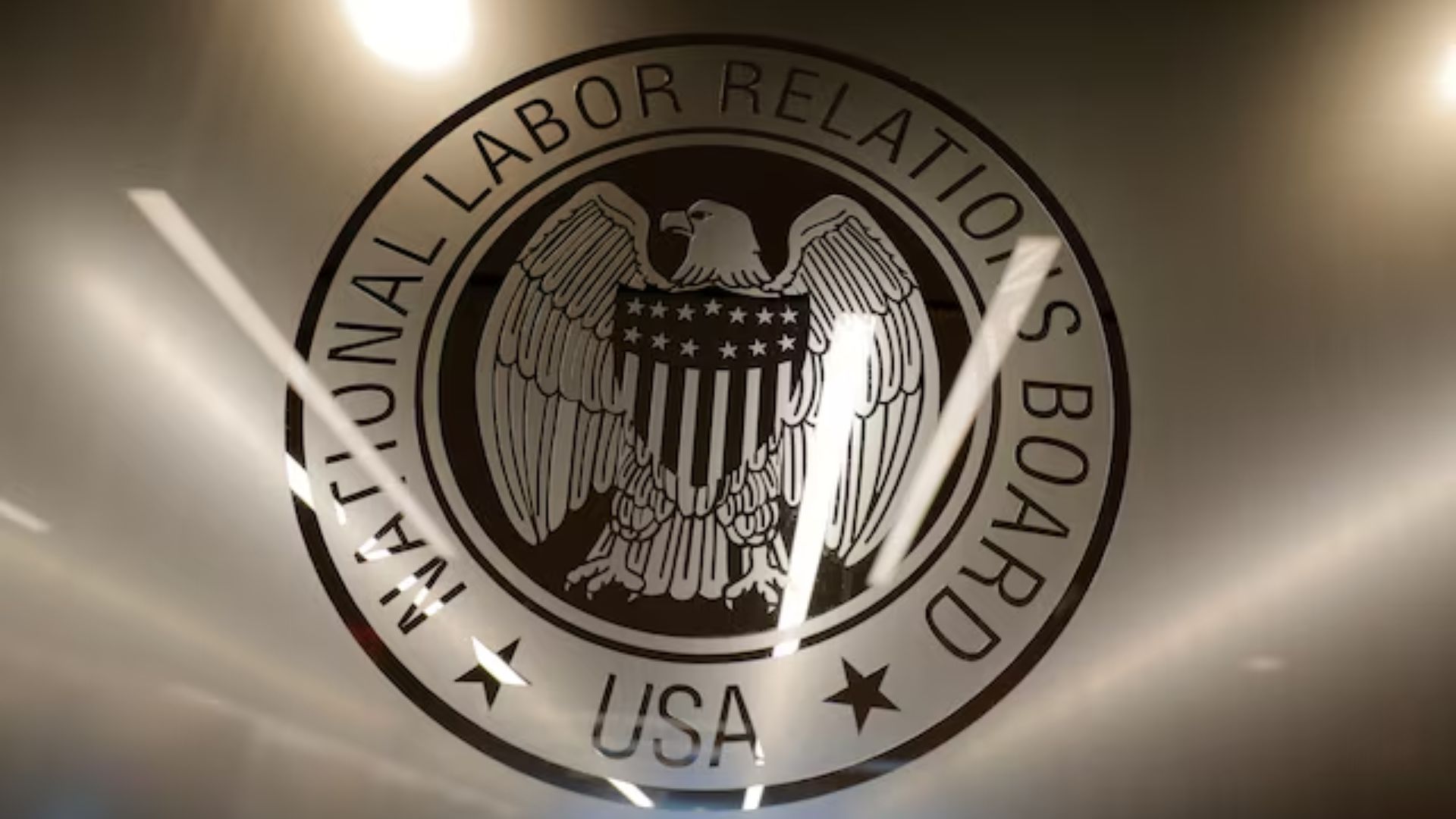(Reuters) – Unions are filing petitions to hold elections and winning them at rates not seen in decades, according to data released by the National Labor Relations Board on Wednesday, likely a reflection of the agency’s adoption of policies favored by unions during the Biden administration.
The board in a release said it has already received more than 2,600 union election petitions during the fiscal year that ends Sept. 30, surpassing the total for the full previous fiscal year. NLRB regional offices have seen a 32% increase in the number of petitions filed compared with this time last year, the agency said.
In most cases, unions are required to seek and then win elections overseen by the NLRB in order to represent groups of workers known as bargaining units.
And unions are winning more elections – 79% this year in cases where they petitioned for an election, up from 76% last year, according to the NLRB. Until a few years ago, unions had routinely won about two-thirds, and as few as 60%, of elections held each year.
The board, which normally releases annual data later in the year, did not provide an explanation for the increases.
Despite the recent surge in union elections, the percentage of U.S. workers represented by unions has remained roughly steady, at the lowest levels in the country’s modern history. Only about 11% of American workers overall and 6% of private-sector employees have union jobs, compared with more than 30% of all workers in the 1940s and 1950s.
Many experts have said the nationwide surge in union organizing likely stems from the COVID-19 pandemic making people more concerned about their working conditions, and represents a backlash against efforts to rein in unions during the administration of Republican former President Donald Trump.
During the Biden administration, the board has resurrected Obama-era policies designed to speed up the election process, which is generally seen as favoring unions, while also creating a new path for unions to organize workers and expanding the type of worker conduct protected by federal labor law.
The board’s general counsel and five members are appointed by the president, but the agency operates independently from the executive branch. The board is generally comprised of three members from the president’s party and two from the opposing party, and their five-year terms are staggered.
Catherine Fisk, a professor at the University of California, Berkeley School of Law, said public support for unions is at its highest levels since the 1960s. Coupled with recent actions by the NLRB that boost union organizing, those positive attitudes about unions embolden workers to form them, whether on their own as thousands of Starbucks workers have since 2021 or by teaming up with established unions like Volkswagen employees in Tennessee who recently voted to join the United Auto Workers, she said.
“It’s a phenomenon that feeds on itself,” Fisk said.
Glenn Spencer, senior vice president of employment policy at the U.S. Chamber of Commerce, the country’s largest business lobby, said the new numbers are not surprising given the NLRB’s various efforts in recent years to promote unionizing rather than act as a neutral arbiter of labor disputes.
“In fact, the entire (Biden) administration has pushed unionization at all costs regardless of its negative impact on our economy and workers’ rights,” Spencer said in an email.
One of the board’s most recent changes that has drawn the most ire from business groups was a 2023 ruling involving building materials company Cemex that allows the NLRB to order companies that commit labor law violations during organizing campaigns to bargain with unions, even when workers vote against unionizing.
The Cemex ruling also requires employers presented with proof of majority support for a union, such as signed authorization cards, to either recognize the union or seek an election. The board on Wednesday said that as a result of that change, it has seen a 20-fold increase this year in petitions filed by employers rather than unions.
Reporting by Daniel Wiessner in Albany, New York











